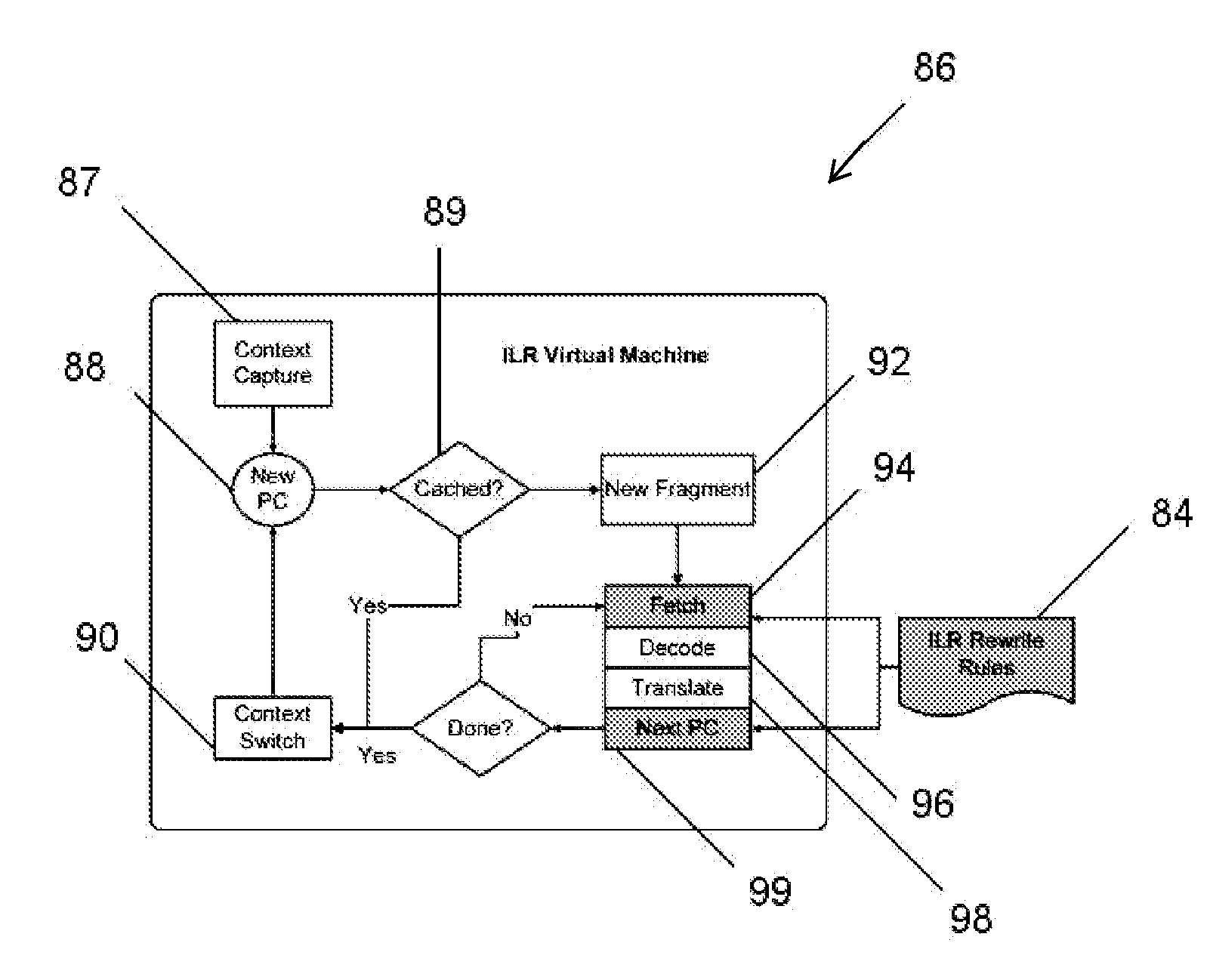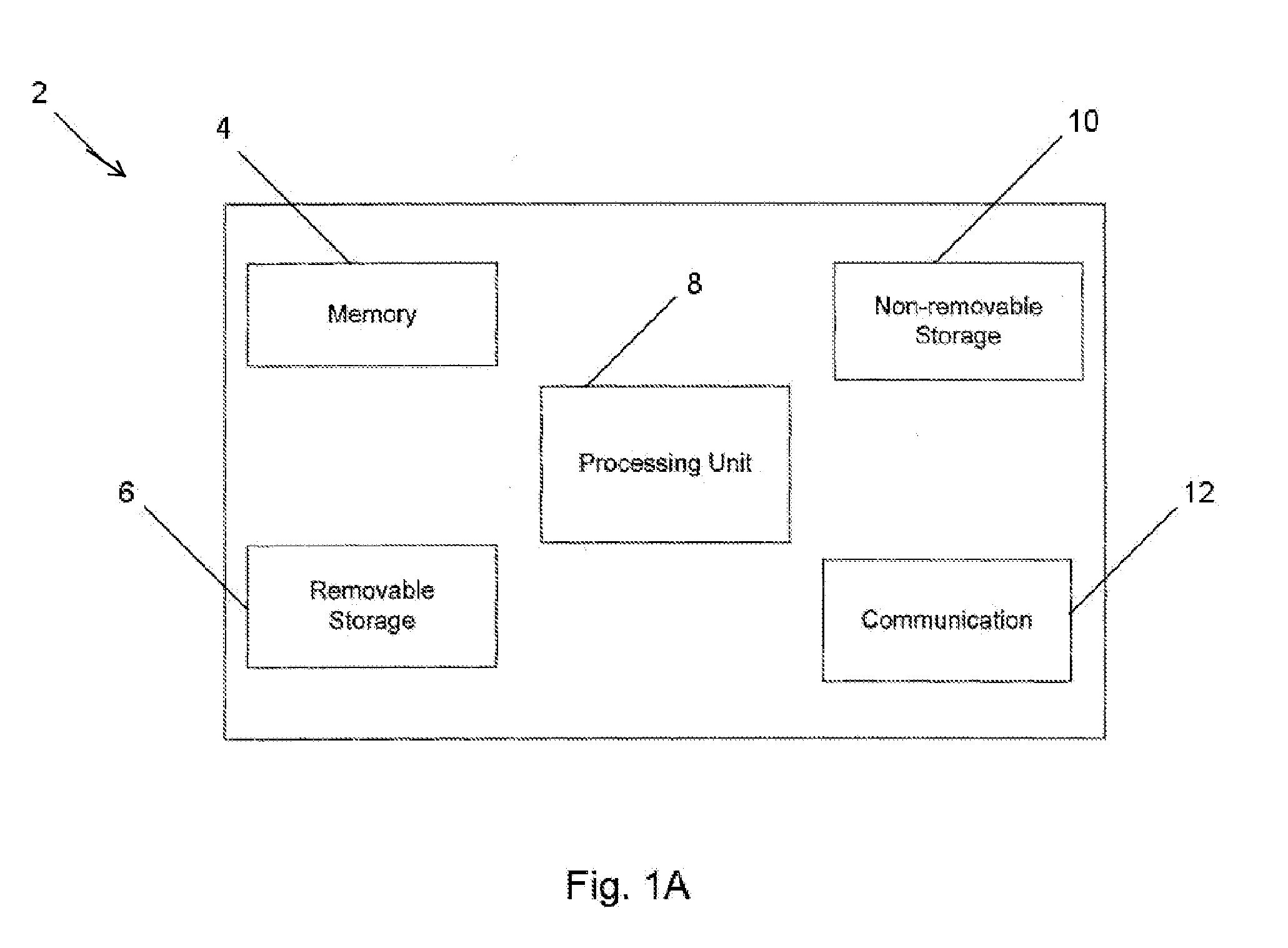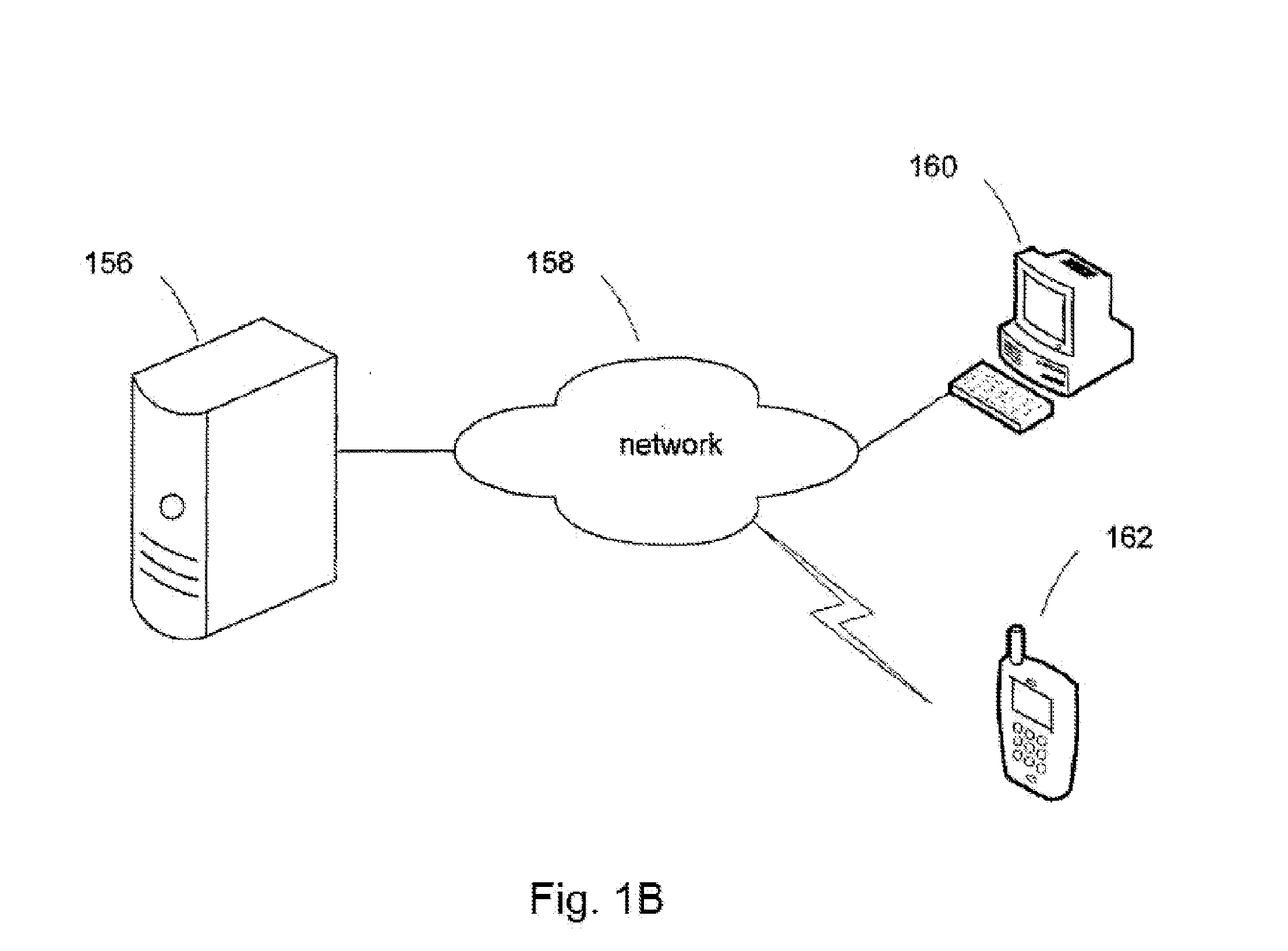Method of instruction location randomization (ILR) and related system
a technology of instruction location and location randomization, applied in the field of instruction location randomization, can solve the problems of inability to thoroughly mitigate the threat of format string, memory corruption, fixed-width integer computation errors, etc., and achieve the effect of low runtime overhead and no user interaction
- Summary
- Abstract
- Description
- Claims
- Application Information
AI Technical Summary
Benefits of technology
Problems solved by technology
Method used
Image
Examples
example 1
[0111]Includes a method of computer security, the method comprising:
[0112]defining in a specification how to relocate blocks of instructions to arbitrary locations, the blocks of instructions being of an arbitrarily-selectable size; and
[0113]providing the specification to an output device.
example 2
[0114]The method of example 1 (as well as any one or more of example nos. 3-132), wherein the arbitrarily-selectable size is selected by a human, by a computer algorithm, and / or by random selection.
example 3
[0115]The method of example 1 (as well as any one or more of example nos. 2, and 4-132), wherein the specification is produced by a compiler, assembler, linker, or loader.
PUM
 Login to View More
Login to View More Abstract
Description
Claims
Application Information
 Login to View More
Login to View More - R&D
- Intellectual Property
- Life Sciences
- Materials
- Tech Scout
- Unparalleled Data Quality
- Higher Quality Content
- 60% Fewer Hallucinations
Browse by: Latest US Patents, China's latest patents, Technical Efficacy Thesaurus, Application Domain, Technology Topic, Popular Technical Reports.
© 2025 PatSnap. All rights reserved.Legal|Privacy policy|Modern Slavery Act Transparency Statement|Sitemap|About US| Contact US: help@patsnap.com



